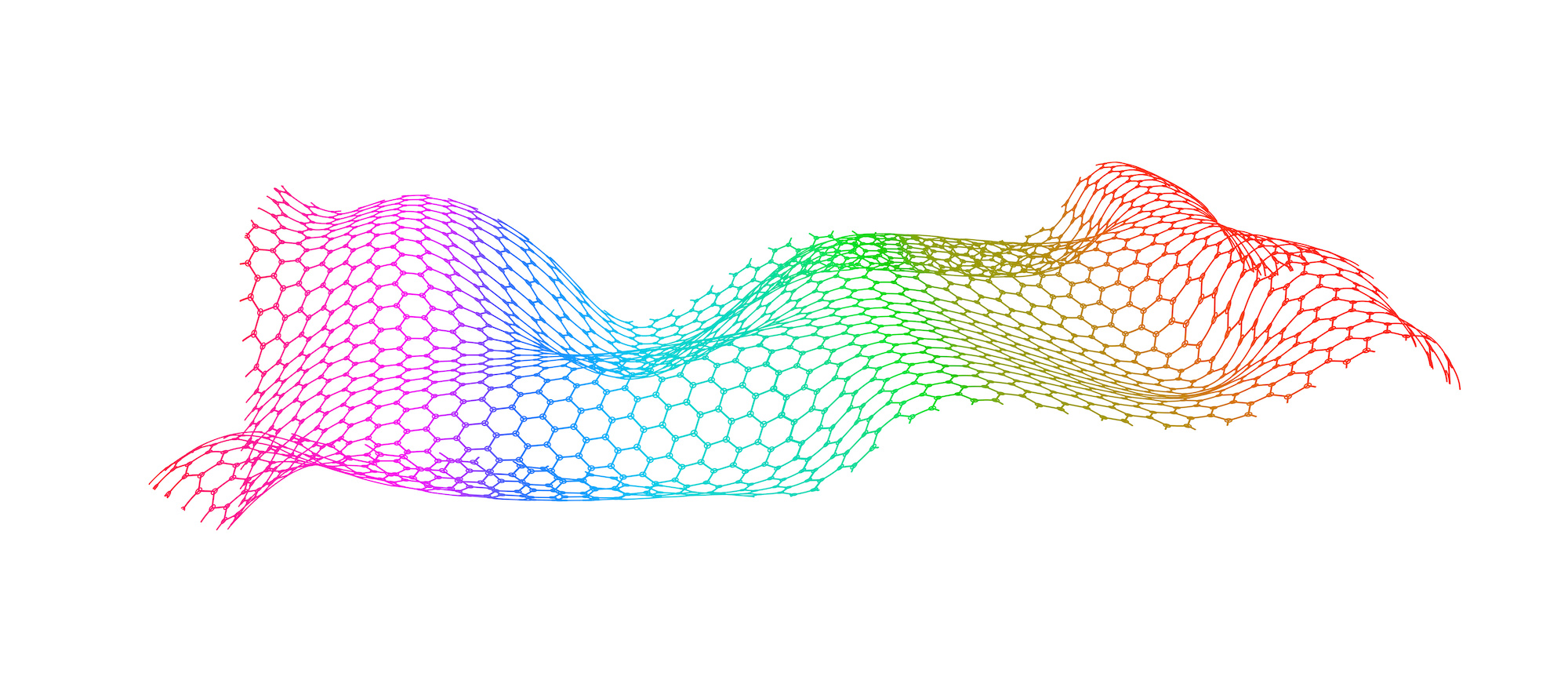New NSF-funded project to improve prediction capabilities, expand applications in electronics, lighting, energy, and quantum technology.
After the discovery that applying heat to sand could produce glass by humankind around 3,500 B.C., a quiet but persistent materials revolution had begun.
The fact that sand’s main component, silica, was to take center stage yet again in the more recent technological revolution seen in computer chip technology demonstrates just how important advanced materials research remains. New materials will hold the key to myriad human challenges from energy generation, storage, and distribution to wireless communications and quantum technologies.
Unlike sand, however, the likelihood of discovering the building blocks for a novel material in the wild is low. A lot of research in this area is now conducted through the combination of computational modeling techniques and high performance computing (HPC).
Feliciano Giustino from the Oden Institute for Computational Engineering and Science and Dan Stanzione of the Texas Advanced Computing Center (TACC) from UT Austin are part of the collaborative project entitled, “An interoperable software ecosystem for many-¬body electronic structure calculations.” The project is funded by the National Science Foundation (NSF) Office for Advanced Cyberinfrastructure through the Cyberinfrastructure for Sustained Scientific Innovation (CSSI) program.
The award provides just under $4 million in funding to the research team led by Giustino that also includes E. R. Margine at Binghamton University and S. G. Louie at the University of California at Berkeley.
“The aim of this project is to create an interoperable software ecosystem to model and design materials at the atomic scale using many¬-body field-¬theoretic approaches,” Giustino said. Many-body theory is an area of physics that is widely used to provide a framework for understanding the collective behavior of large numbers of interacting particles. It plays a central role in condensed matter physics.
The widespread adoption of such a research approach, in both academia and industry, has been held up by the complexity of the underlying theories and algorithms, as well as the lack of broad interoperability and shared data standards.
The research team’s advanced materials simulations will focus on two properties in particular: the optical and transport potential of excited-state systems. This cyberinfrastructure will enable systematic and predictive calculations of the properties of new materials for electronics (e.g. for the chip manufacturing industry), lighting (flat-panel displays, touch screens), and energy (e.g. solar photovoltaics)
TACC will also bring their Advanced Computing expertise to the project. “We are excited to join with many of our largest users to make electronic structure computations more accessible” said TACC Director Dan Stanzione. “TACC will help optimize these codes for current and future platforms, and build containers around these codes that are easy to distribute and reuse”. TACC will also be responsible for the Web Portal to share the codes and share results among the research community.
